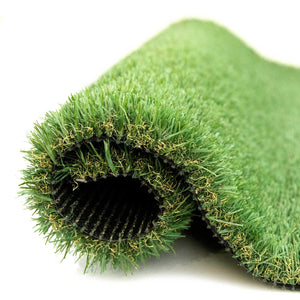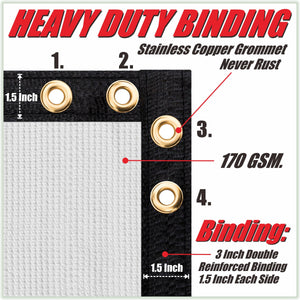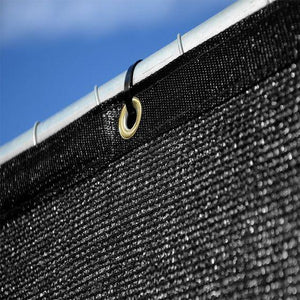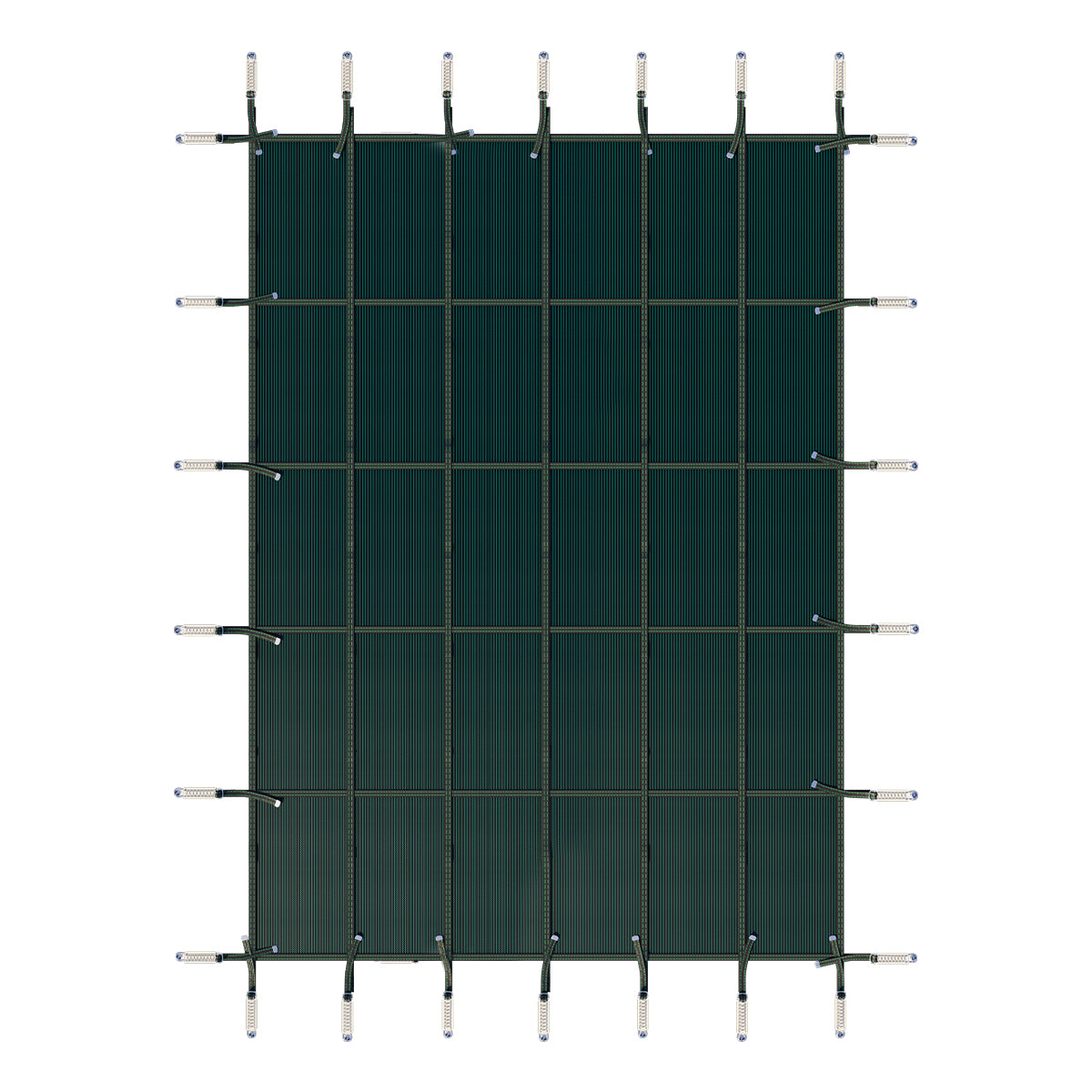In the process of buying sofas, cushions or mattresses, etc., many people often feel very confused, "What is high density foam, what is high resilience foam, are they the same, or is there a difference?"
This article explains what these two are and what the difference between them.
High Resilience Foam
High resilience (HR) foam is mid-range polyurethane foam. It is commonly described as more "soft" or "squishy" because it conforms well to the user. But high resiliency foam does not hold as much weight and may begin to flatten faster. You will see high resilience foam in mattress toppers of 1'' to 4'' thickness, medical backs, or seating support, among other sorts of products. High resiliency foam is commonly bonded to a higher density foam base for added support and a firmer feel, especially in cushions and mattresses. This balances out the tendency of high resilience foam to flatten easily when a mattress is all high resilience foam.
See more about high resilience foam.
High Density Foam
The primary appeal of high density foam lies in its ability to offer exceptional support and longevity.High density foam is used in sofa cushions, couch and seating cushions, bay window cushions, benches, chairs, and most mattresses. High density foam can also be used in sculpted seating or as floor cushioning under the carpet.
Difference
How do you know if it's a high density foam or a high resiliency foam? Both materials can be identified by density and ILD.
Foam density
Foam density is a specific measurement of how much weight in pounds the polyurethane foam can handle per cubic foot. This density rating tells you the strength of the foam. The higher the number, the longer the foam will last. It should not be used exclusively as a sign of durability or comfort, because the firmness and lifespan of foam products like mattresses and cushions depend on many factors, including density and ILD. Normally, high density foam is around 2.8lbs to 3.2lbs per cubic foot and high resilience foam can have a density of 3lbs to 6lbs per cubic foot. The higher the density is, the heavier the foam will be. Keep in mind that both types of foam are durable and should last for 8 to 12 years of everyday use.
ILD
ILD, or IFD, is a measurement firmness of how hard or soft a foam is. The higher the ILD, the firmer the foam is. Also represents how many pounds per cubic foot the foam will hold before it collapses. If you take a cube of foam that is 12″ x 12″ x 12″, the cube will collapse once it reaches its ILD of pressure. high resilience foam has higher ILD than high resilience foam.
Although it may seem like it, it’s not true that all high resilience foams are firm. They can be soft as well. While high resilience foam is squishier due to its greater number of air pores, it has a higher chance of sagging underweight than high density foam does.
Note: Some people advertise high density foam and high resilience foam without fully understanding it, so be careful of false advertising whether they meant it to be incorrect or not. When you research for foam, it is smart to ask the density and ILD of the foam you are considering in order to ensure that you will get a comfortable foam that lasts a long time.














